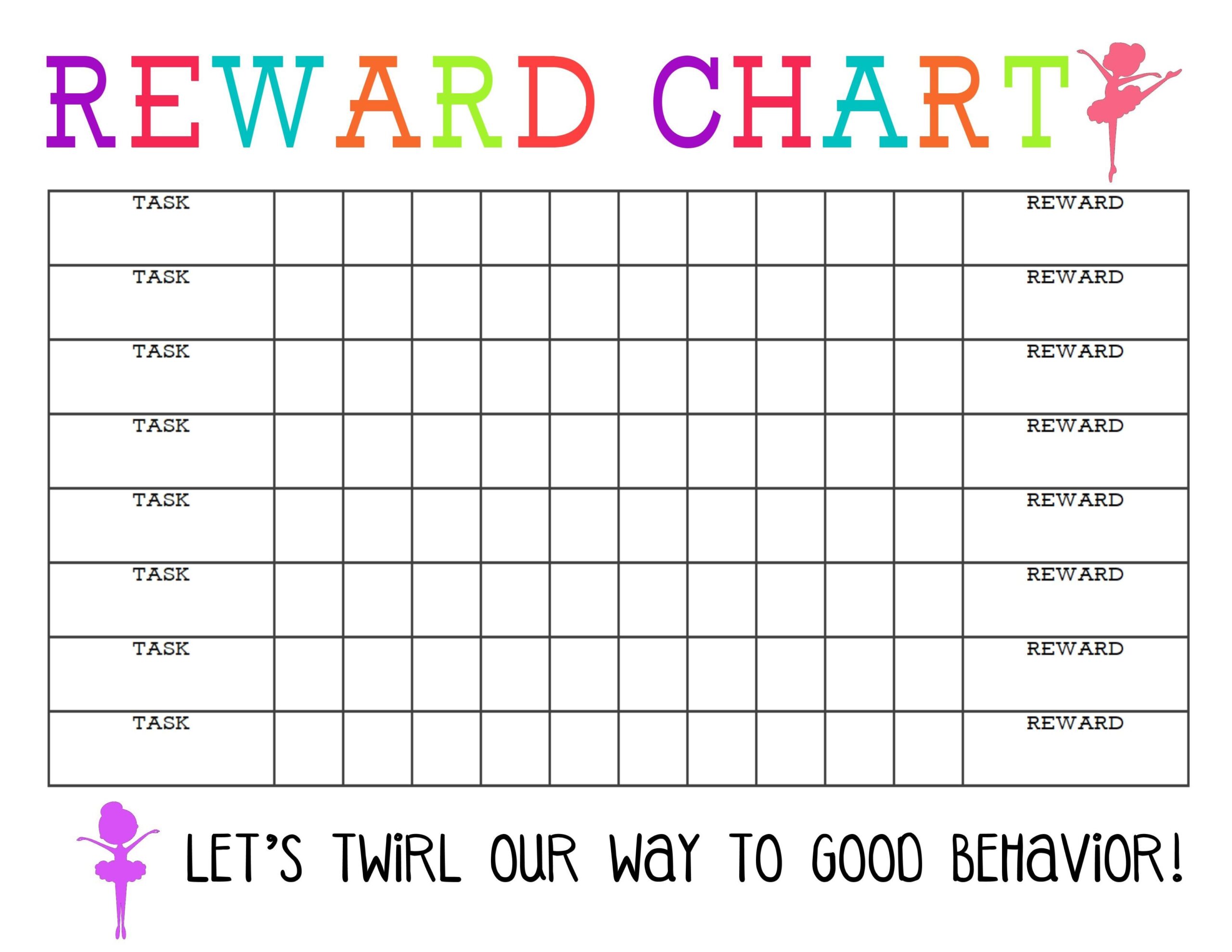
Are you struggling to manage your child’s behavior? Do you find yourself constantly dealing with tantrums, meltdowns, or disobedience? If so, a weekly behavior chart might be the solution you’ve been looking for.
In this article, we will explore what a weekly behavior chart is, how it works, and why it can be an effective tool for improving your child’s behavior.
What is a Weekly Behavior Chart?
A weekly behavior chart is a visual tool used to track and monitor a child’s behavior daily. It typically consists of a chart or grid with spaces for each day of the week, and each day is divided into different periods or activities. The child’s behavior is rated or recorded in each space, using symbols, colors, or stickers to indicate their behavior.
The purpose of a weekly behavior chart is to provide a clear and consistent visual representation of the child’s behavior, allowing parents, teachers, or caregivers to track their progress over time. It can help identify patterns, triggers, and areas of improvement, and provide positive reinforcement for good behavior.
Where Should You Use a Weekly Behavior Chart?
A weekly behavior chart can be used in various settings, including at home, in school, or therapy sessions. It is most commonly used for children between the ages of 3 and 12, but can be adapted for older or younger children as well. It is important to choose a location that is easily accessible and visible to the child, such as a wall, refrigerator, or bulletin board.
Whether you are a parent, teacher, or therapist, using a weekly behavior chart consistently and in the appropriate setting can help create a structured and supportive environment for the child to thrive.
Why Should You Use a Weekly Behavior Chart?
There are several benefits to using a weekly behavior chart:
- Visual representation: A weekly behavior chart provides a visual representation of the child’s behavior, making it easier to understand and track their progress over time.
- Consistency: By using a weekly behavior chart consistently, you can establish a routine and set clear expectations for the child.
- Accountability: A weekly behavior chart holds the child accountable for their actions and helps them take ownership of their behavior.
- Positive reinforcement: A weekly behavior chart allows you to provide positive reinforcement for good behavior, which can increase motivation and encourage positive change.
- Identify patterns: By tracking the child’s behavior over time, you can identify patterns, triggers, and areas of improvement.
Who Can Benefit from a Weekly Behavior Chart?
A weekly behavior chart can benefit children who struggle with behavior issues, such as tantrums, aggression, defiance, or lack of focus. It can also be helpful for children with developmental disorders, such as ADHD or autism, as it provides structure and visual cues.
In addition, parents, teachers, therapists, or caregivers can benefit from using a weekly behavior chart as a tool for managing behavior and promoting positive change.
Which Type of Weekly Behavior Chart Should You Use?
There are various types of weekly behavior charts available, and the choice depends on the child’s age, needs, and preferences. Here are some popular options:
- Basic chart: This type of chart consists of a grid with spaces for each day of the week and can be customized based on the child’s behavior goals.
- Token economy system: This system involves earning tokens or points for good behavior, which can be exchanged for rewards or privileges.
- Color-coded chart: This chart uses different colors to represent different types of behavior, making it easy to understand and track.
- Picture chart: This chart uses pictures or symbols instead of words, which is especially helpful for younger children or those with communication difficulties.
It is important to choose a chart that is age-appropriate, visually appealing, and easy to use. You can also involve the child in the process by allowing them to choose or decorate their chart.
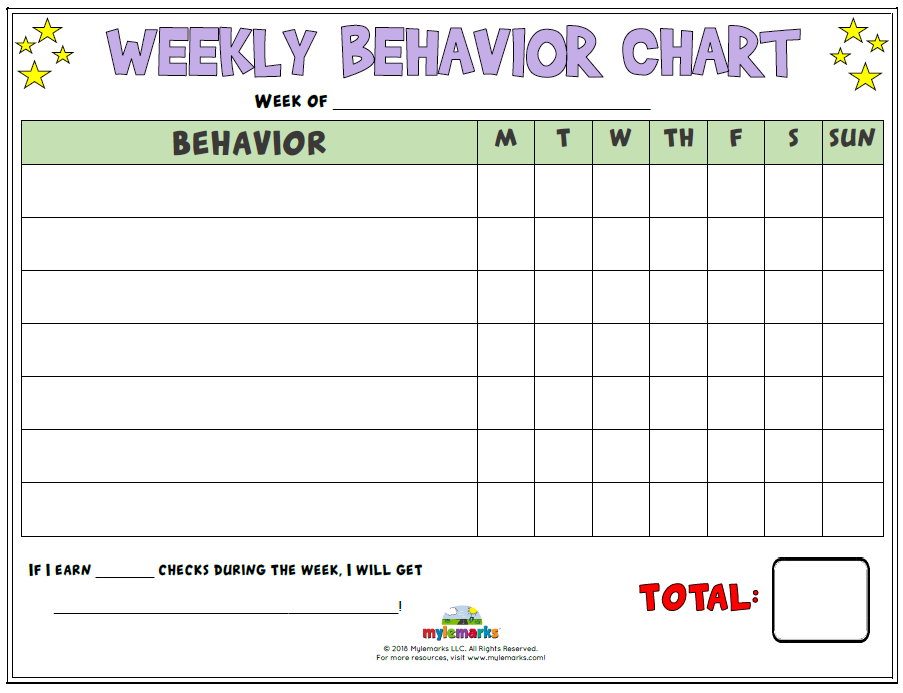
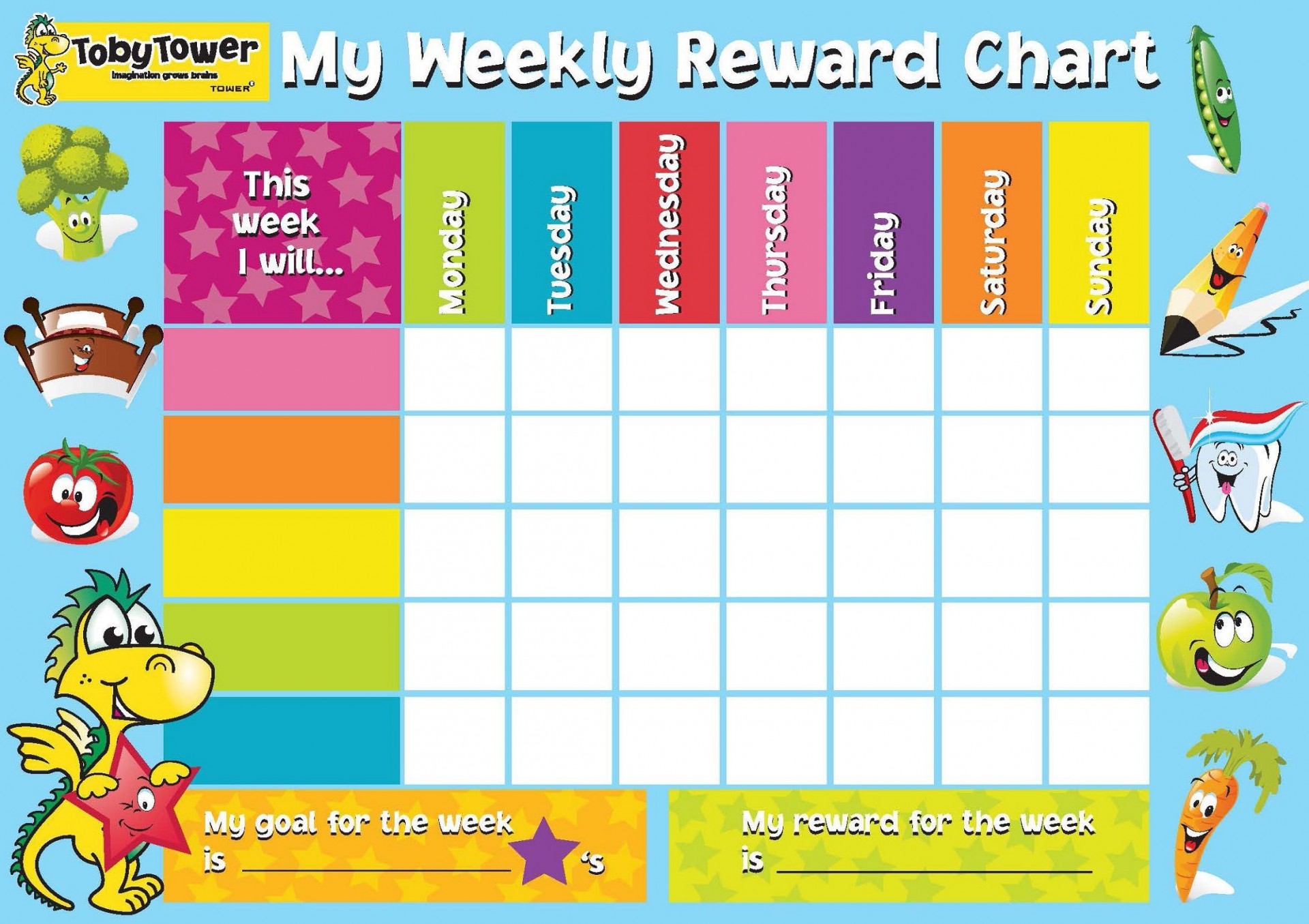
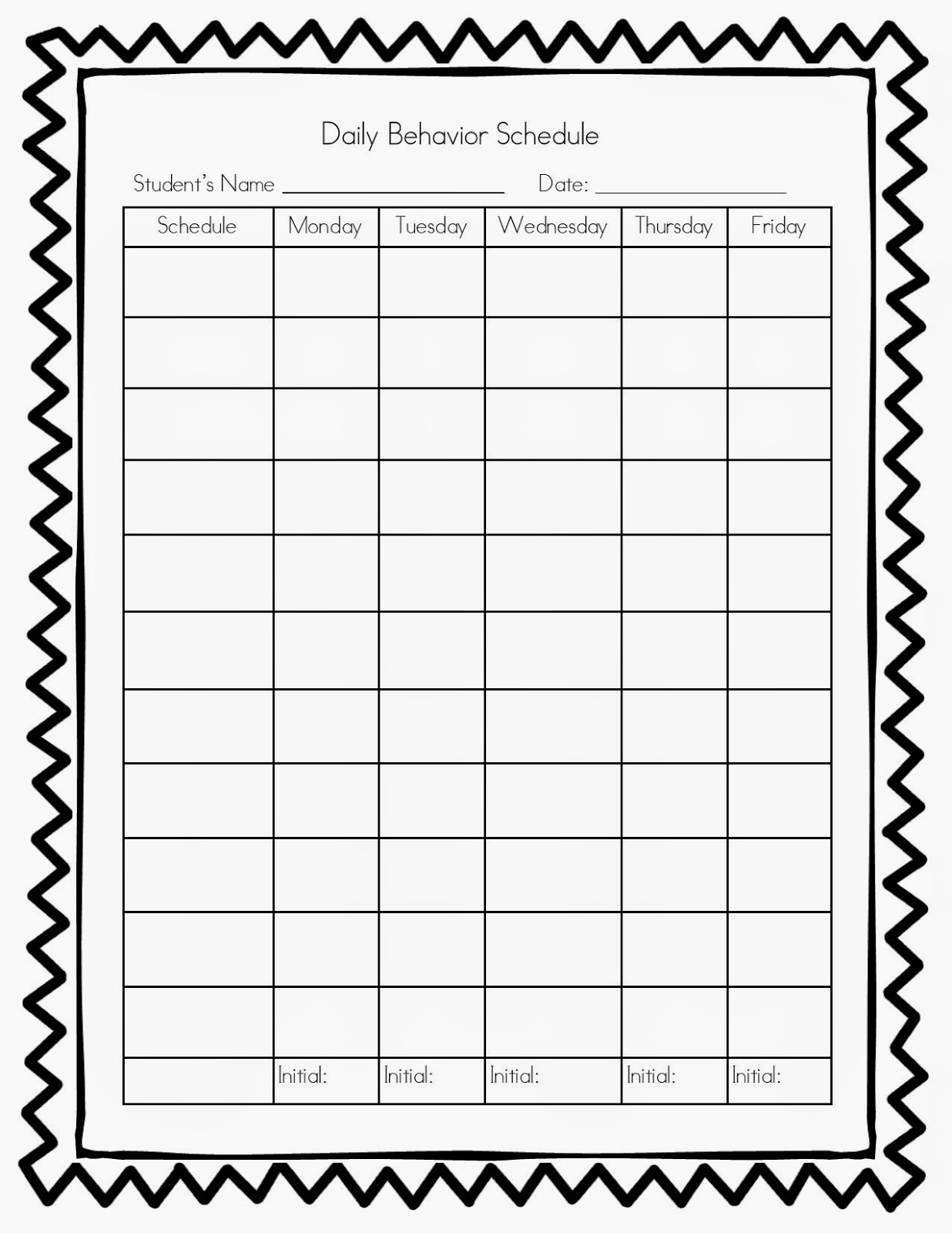
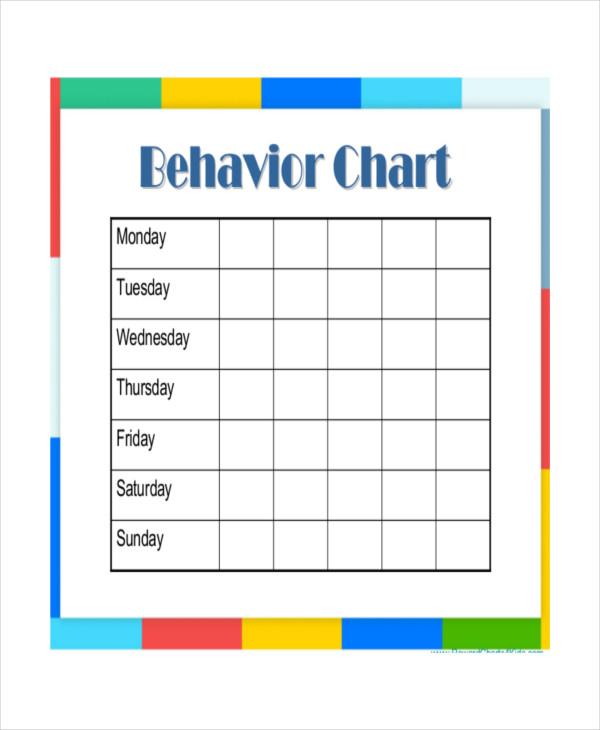
When Should You Start Using a Weekly Behavior Chart?
The ideal time to start using a weekly behavior chart is when you notice consistent behavior issues that need to be addressed. It is important to start as early as possible to prevent the behavior from becoming ingrained or more difficult to change.
However, it is never too late to start using a weekly behavior chart. Even if the child is older or the behavior has been going on for a while, a weekly behavior chart can still be effective in promoting positive change.
How to Use a Weekly Behavior Chart?
Using a weekly behavior chart effectively involves the following steps:
- Set clear behavior goals: Identify the specific behaviors you want to address and set clear, achievable goals.
- Explain the chart to the child: Introduce the weekly behavior chart to the child and explain how it works. Make sure they understand the expectations and rewards.
- Track the child’s behavior: Record the child’s behavior in the chart daily, using symbols, colors, or stickers. Be consistent and objective in your observations.
- Provide feedback and reinforcement: At the end of each day or week, review the child’s behavior with them. Provide positive reinforcement for good behavior and discuss areas for improvement.
- Adjust and adapt: Monitor the child’s progress over time and make adjustments to the behavior goals or chart as needed. Be flexible and willing to try different strategies.
Remember that using a weekly behavior chart is not a quick fix or a guarantee for behavior change. It requires consistency, patience, and ongoing effort. However, with time and commitment, it can be a powerful tool for promoting positive behavior.
Do Weekly Behavior Charts Work?
Many parents, teachers, and therapists have reported success in using weekly behavior charts to improve behavior and promote positive change. Here are some examples and success stories:
- Example 1: Sarah, a 7-year-old girl with ADHD, used a color-coded weekly behavior chart to track her behavior at school. With the support of her teacher and parents, she was able to improve her focus, complete her assignments, and earn rewards for good behavior.
- Example 2: Mark, a 5-year-old boy with autism, used a picture chart to track his behavior at home. By visually representing his behavior, he was able to understand the expectations and make positive changes, such as following routines and using words to communicate his needs.
- Example 3: Emily, a 10-year-old girl with behavior issues, used a token economy system to track her behavior at home. By earning tokens for good behavior, she was motivated to make positive choices and improve her behavior, such as completing her chores and showing respect to others.
These are just a few examples of how weekly behavior charts can be effective in promoting positive behavior. Each child is unique, and it may take time to find the right approach and chart that works for them. However, with patience and consistency, positive change is possible.
5 Tips for Using a Weekly Behavior Chart
Here are some tips to help you make the most of a weekly behavior chart:
- Be consistent: Use the weekly behavior chart consistently and follow through with rewards and consequences. Consistency is key to promoting positive behavior.
- Keep it simple: Choose a chart that is simple, easy to understand, and age-appropriate. Avoid overwhelming the child with too many goals or complex instructions.
- Focus on the positive: Use the weekly behavior chart as a tool for positive reinforcement and praise. Focus on the child’s strengths and progress, rather than just pointing out their mistakes.
- Involve the child: Allow the child to have a say in their behavior goals, rewards, or the design of the chart. This will increase their motivation and ownership of the process.
- Be patient: Behavior change takes time and effort. Be patient and understanding, and celebrate even small improvements along the way.
In Conclusion
A weekly behavior chart can be a powerful tool for managing behavior, promoting positive change, and creating a structured and supportive environment for children. By using a weekly behavior chart consistently, setting clear behavior goals, and providing positive reinforcement, you can help your child develop good behavior habits and improve their overall well-being.
Weekly Behavior Chart Template Excel – Download